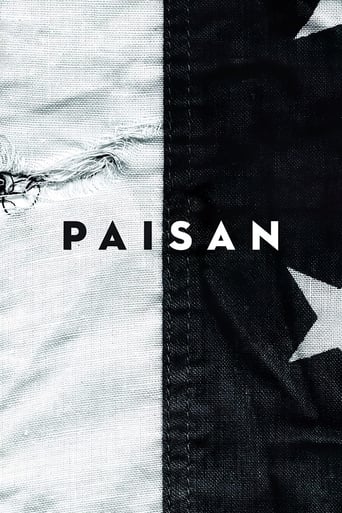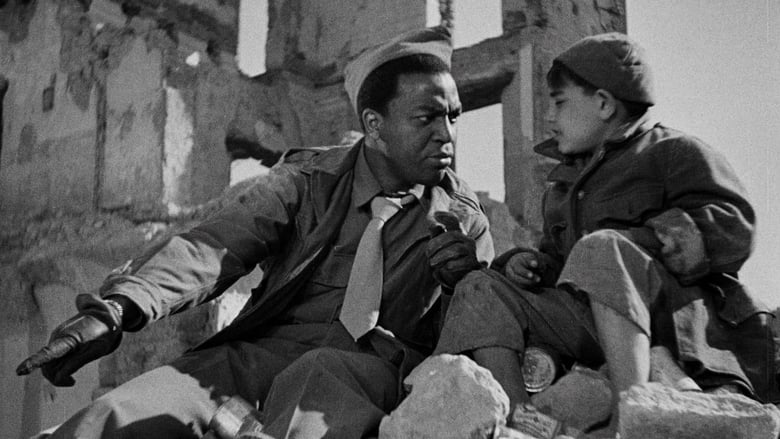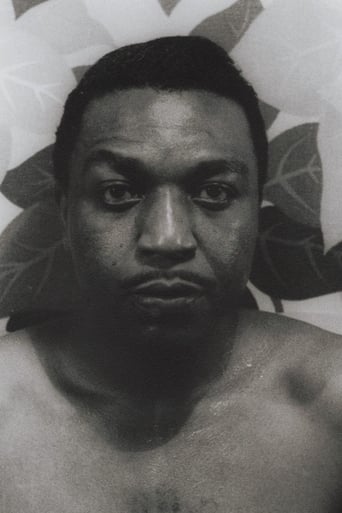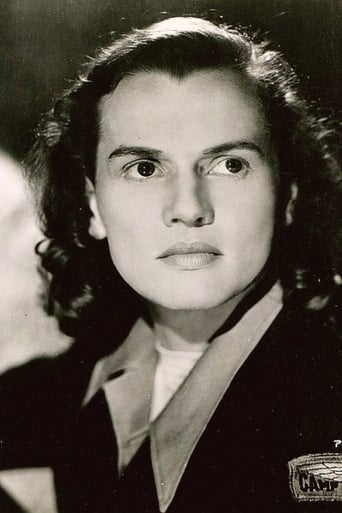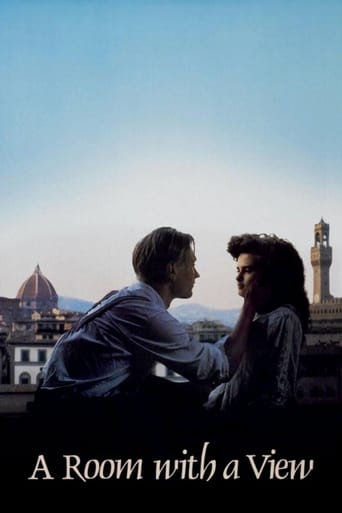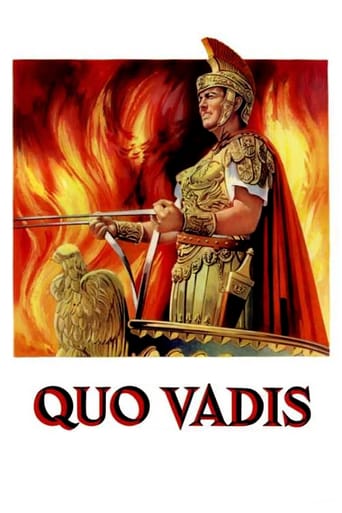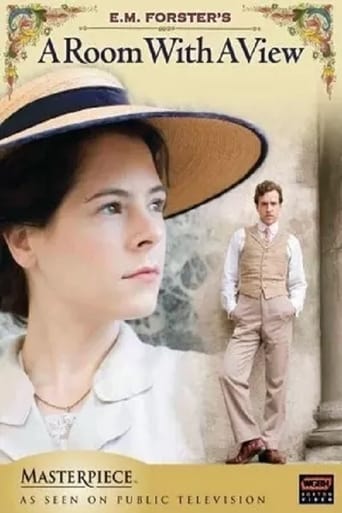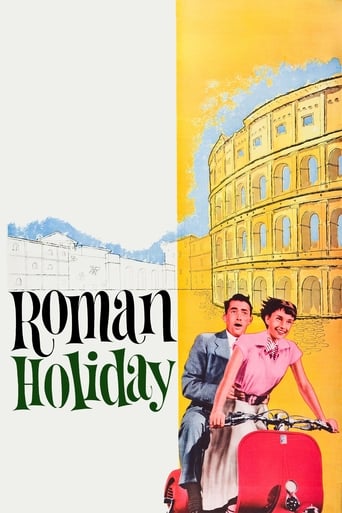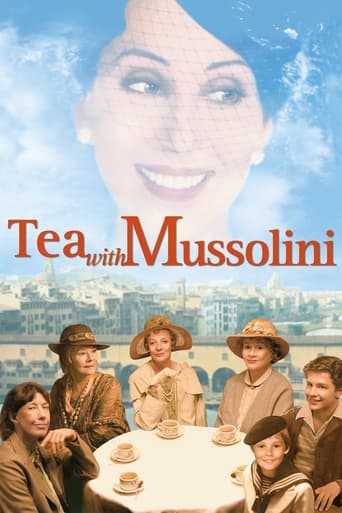Paisan (1946)
Six vignettes follow the Allied invasion from July 1943 to winter 1944, from Sicily north to Venice.
Watch Trailer
Free Trial Channels
Cast


Similar titles
Reviews
recommended
An absolute waste of money
It's the kind of movie you'll want to see a second time with someone who hasn't seen it yet, to remember what it was like to watch it for the first time.
Excellent characters with emotional depth. My wife, daughter and granddaughter all enjoyed it...and me, too! Very good movie! You won't be disappointed.
"Paisa" is Rossellini's masterpiece, an essential Neo-Realism movie and a major Italian classic. For the anecdote, "paisa" is an informal word meaning "countryman".Although this movie is about Italy's campaign at the end of WWII, it only briefly deals with its important moments: the Allied landing in Sicily, the battle of Monte Cassino, the Gothic line battle. These are just summarised with archive footage between the main scenes. Interestingly, it does not even mention other critical moments: the downfall of Mussolini, his escape, his brief so-called "republic", his final downfall and execution, the invasion of Italy by the German army, the deportation of Jews, etc. This because the movie shows war at human level: how war and its aftermath impacts people's lives and values; also, it revolves around the relationship between Italians and Americans. It is not a "war movie" in the generally accepted sense, but rather "humane stories during war".*** WARNING: CONTAINS SPOILERS ***To illustrate different aspects, it shows six scenes as the Allies progress north through Italy's landmarks. Three scenes occur during the battles (1, 4, 6) and three afterwards (2, 3, 5). Remarkably, the movie avoids the pitfall of many "vignette movies", namely the sensation of watching different shorts instead of a full-length picture: "Paisa" maintains a thematic and aesthetic unity throughout. At the same time, each scene has its own specific interest, which enhances the unique character of the movie.Aesthetically, it combines documentary and fictional styles, in a ground-breaking manner for the period. Every scene begins with archive footage: when fiction starts, it seems a continuation of archives. Also, as in a documentary, shooting is sober, stories are simple, themes are realistic. However, Rossellini introduces at carefully chosen moments fictional elements to enhance the dramatic impact of each scene: music, lighting, offbeat humour, surprising actions. The latter notably include: the Italian girl turns against the Germans (1); the GI first does not recognise the boy who stole his shoes (2); the GI does not recognise the woman he fell in love with six months before (3); a woman and a wounded man manage to pass the fighting line (4); the entire scene in the monastery feels out of this world (5); a small group of partisans resist the German army (6).Humour is another key element. It is tricky to introduce humour in a war movie, but Rossellini succeeds in order to avoid an altogether too tragic tone. The entire scene in the monastery (5) is humorous, which is acceptable because at that stage the war in the region is over and the monks do not have to face too tragic consequences, as opposed to the scenes in Naples (2) and Rome (3). The tone is satirical (the monks are nervous because a Jew and a Protestant are within their walls), but at the same time we understand how they feel. Another hilarious part, albeit much shorter, is the incredible dialogue between British officers (4): they are looking at the fighting from far away and talk in a phlegmatic manner as if the war did not exist. This humour partly balances the overall tragic tone of the movie: killings, poverty, cruelty. Tones are hence balanced between dark (1, 6), light (5), or both (2, 3, 4). Irony, this dark form of humour, is constant: the GIs think the girl shot their companion, while she tried to avenge him (1); the GI cannot get his shoes back (2); the GI thinks the woman he fell in love with is just another prostitute (3); the nurse crosses the line to find a man who is actually dead (4); the monks are tolerant up to a point (5). Irony in the last scene is subtler. Many scenes contain a touching speech by an American: the GI tries to talk to the Italian girl (1); the GI dreams of glory (2); the GI regrets the good spirits during liberation (3); the chaplain confesses he found peace of mind (5). However, the only speech in the last scene is the dreadful propaganda from the German officer about destruction and new order. This is highly ironic: it opposes the previous humane speeches; also, it was obvious in winter 1944 that Germany had lost the war and Nazism was utter barbarity.On top of death and destruction, war brings moral decay. People know what they are doing is wrong, but they have no choice: the GIs force the girl to help them (1); "Don't sleep else I will steal your shoes", the orphan warns the GI (2); the prostitute regrets the time when she was respectable (3); by crossing the fighting line, the man looking for his family gets a partisan shot (4); by asking for food in a house, the partisans expose its inhabitants to severe revenge from the Germans (6). Because deep down, people are decent and try to help each other: the girl turns against the Germans because she was touched by the GI trying to talk to her (1); the GI pities the orphan's misery (2); the usherette allows the prostitute inside without paying to escape the police (3); the partisans let the two civilians pass despite the risks for their cause (4); the peasants feed the partisans despite the risks (6). Hence the movie is mostly tragic with an optimistic message: after the war, hopefully a better world will emerge based on people's humanity that was temporarily crushed. Italians collaborators and German Nazis are seldom shown: they belong to the past. Symbolically, communication progressively improves between Italians and Allies during the movie: from impossible conversation (1, 2) to limited dialogue (3), to eventually efficient coordination (4, 5, 6). The last shot simply but beautifully illustrates hope: after a dramatic close-up on partisans thrown into the water, the camera moves up towards the horizon and the voice that previously described fierce battles announces the war will soon be over.
Robert Rossellini series of short stories will have you at the edge of your seat. From romance to action, each story vividly portrays the Italian Neo-realist style. Paisan touches base on documentary, society and politics. I think that Rossellini did great job at hiring non- professional actors in order to incorporate them within the backdrop of the scenes. The storyline was also very detailed and made it seem like it was more of a documentary than an actual fictional film. The movie had me guessing at some points which kept me interested throughout the film. I noticed that Rossellini left room for us to fill in the story, letting us take on our own interpretation on things. For example, in each of the stories we don't really know much about the protagonist and I found myself creating their backgrounds in my mind. He did a wonderful job at inspiring emotion whether it be positive or negative. I have to admit that before I watched this film in class I was a bit skeptical. I definitely think that it portrays great characteristics of of neo- realism. One of the scenes that I thought was really interesting was when the baby is alone with no one to comfort or take care of him/her. It made me extremely sad but did a great job at illustrating the nature of war. He did a great job at illustrating Italy during World War II. I thought he provided several elements for us to choose from, giving us something to relate to and become emotionally attached to. Rossellini did a fantastic job at creating and directing a film that seemed extremely real. He blurred the lines between documentary and fiction beautifully. Now I see why he was very respected for his films.
Having seen "The Bicycle Thieves" I was aware of Italian Neo-Realism as a film movement. The film is divided up into six sections with none of the stories crossing over to the other. I wished that the film was one cohesive story but I may have felt this way because of my previous viewing of "Bicycle Thieves." I have always liked the idea of Italian Neo-realism and its ability to capture stories in a realistic way. This is a really great example of an almost documentary style of filmmaking. The cities are real and so are the people. This makes the film more interesting to watch as it is in such a natural state. The characters in each story, particularly the sections that involve children were what moved me the most. Knowing that all of these stories most likely happened at some point makes this film very powerful to see. Even when I was reading previous reviews of the film, it was obvious that many people from other countries truly connected with this film because of how realistic it is. I am lucky enough to say I never experienced any of this turmoil but I can only imagine what kind of intensity the film would bring to my own life had I related to these characters. I would say this isn't my favorite representation of Italian Neo- realism but it is a great glimpse into the history of Italy as well as the history of cinema.
General Sherman himself said that "war is Hell" and while Paisan indeed reflects this wartime quote the film is not all doom and gloom. Paisan instead seems to give a wartime portrayal that focuses on the little details that represent a larger reality of what war is like for the many parties involved in the Italian liberation. Paisan will take the viewer through six non-connected episodes that each tell a distinct, meaningful, and illustrious story in themselves. Most notable for me were episodes one and two. Episode one begins in Sicily and tells the story of a young Sicilian girl aiding American troops in their anxiety ridden arrival in Sicily. Like Paisan's ending episode, the first episode does not go well with blood shed on behalf of Nazi troops (with the film's "first blood" being shed by a sharpshooting Nazi sniper). While the Germans in the film seem to be portrayed in a negative light, episode one is interesting for its apt portrayal of German humor in ironically awful wartime circumstances. Episode two tells the story of two separate interactions between an African American MP and a young Italian boy. Split in two parts from the perspective of the MP (off-duty/drunk and on-duty/sober) we witness a small series of events that seem to reflect a twisted "home is home, be it ever so humble" message for the MP. Indeed, I found this scene to be most powerful in delivering this subtle message as the MP in his drunk state repeatedly tells the boy he doesn't want to go back to America to his "shack of a home." Later, the MP witnesses a young boy stealing from a supply truck. Upon apprehending the boy the MP discovers that it was the same boy he met during his previous off-duty drunk adventure. After chastising and hassling the boy to teach him a lesson, the MP discovers that the boy is a wartime orphan who lives in abject poverty with no home at all. Upon realization, the MP abruptly runs away and ignores the boy's prior mischievous behavior. It is small, disconnected stories sans closure like this that make up Paisan. Watching Paisan in its entirety for the other episodes will indeed be well worth your time.

